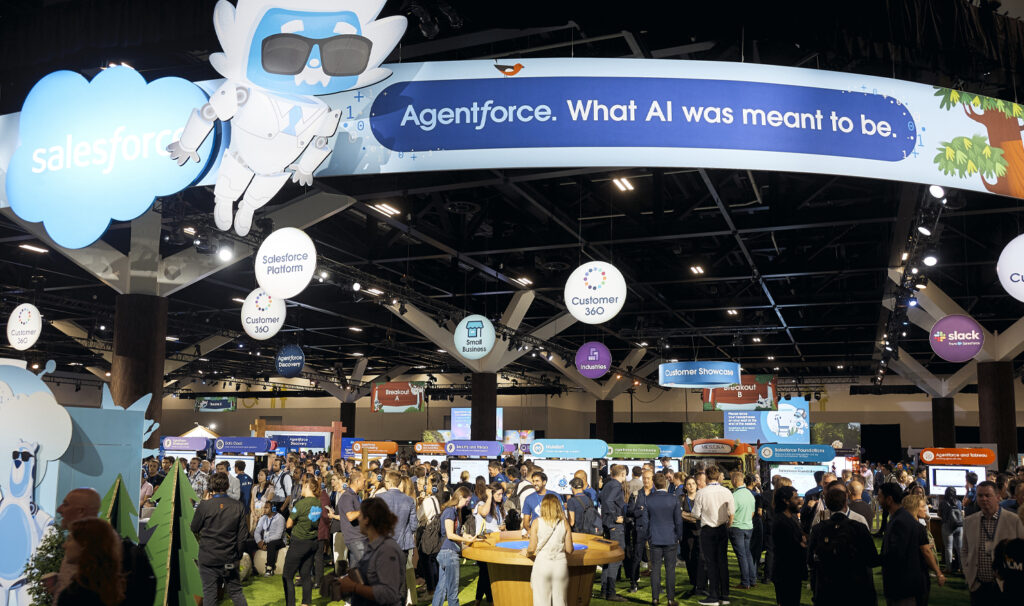In these turbulent times, managers can find it hard to deal with the pace of change. Let’s look at the role of the ‘change curve’ and how you can manage change fatigue while leading remotely.
Explaining the Change Curve
The Change Curve is based on a model developed in the 1960s by Elisabeth Kubler-Ross to chart the grieving process. Since then it has been widely used to help people navigate their reactions to significant change or upheaval.
When it’s a small organisational change, it’s not as impactful on people emotionally. You can work through it very quickly. Right now, however, change is crashing into people on a daily, sometimes hourly, basis.
When people struggle to work through organisational change they can find themselves at the bottom of the curve. That’s the lowest you can go. It’s where you feel depressed and confused and you don’t know how to get out of it to reach a point of acceptance.
Break through to the other side
You want to get your people to the other side of the change curve because that’s when they’re productive, that’s when there’s adoption. I believe it’s really important for leaders to learn from what worked and didn’t work in the past. But in this climate, there’s no precedent. Nothing on this scale has ever happened before.
Innovation and motivation are the keys to navigating the current environment. We can’t be slow-moving. Employees need to be nurtured to accept the new normal.
Overcoming the dreaded change/decision fatigue
When there is seemingly unending change, employees can feel sapped of energy and spend more time reacting to organsiational change instead of being productive in their role.
Change fatigue happens quite a bit, especially in a digital age. But the fact that the changes are happening so fast to so many people means they might not have enough time to get their heads around it.
Nevertheless, I’m optimistic. We all overcome adversity. It’s human nature.
Damian Martina, Senior Account Executive at Simplus, predicts employees may resist organisational change in the very near future. He believes leaders need to prepare themselves emotionally for push-back.
“Implementing change is a sales process. It’s like if you’re cold-calling people. You might have been told ‘no’ 10 times and the 11th time you make that call you’re probably going to feel down. But for the person you’re calling, it’s the first time they’ve heard about the change. You need to be cognisant of that.”
Martina adds there needs to be a fair amount of governance around why the decisions are being made, and why they’re important.
“Collective knowledge also comes in handy,” he says. “Look around you to see what other organisations in similar positions have done.”
How to lead a remote workforce with confidence
When leaders think ‘remote working’, they might think more about the technology than the impact on people. It’s a great practice to implement processes to support people, like setting up champions within your business who are really comfortable working from home. You need those people on calls expressing positivity because it will be infectious.
When people start working from home, Damian believes there’s a danger of micromanaging as leaders try to ensure staff are doing what they’re supposed to do. “If you’re not a people person, it might be time to think about getting a mentor or advisor to help you lead through this time.”
Communication is more important than ever
Think about using new or existing channels, like Slack or WhatsApp, to get your people communicating in an informal way and help build relationships.
Also, when there’s this kind of uncertainty, people will make up their own stories if you don’t have great communication. Be transparent. A lot of people are facing the possibility of losing their jobs. Think about what that means for them and their families. This is a time when leaders can be empathetic and help others to move through this.
Want to know more? Contact us or click here for more information.
Follow Simplus Australia on LinkedIn to get the latest industry news, Salesforce updates, and topics that matter to you and your organisation.






